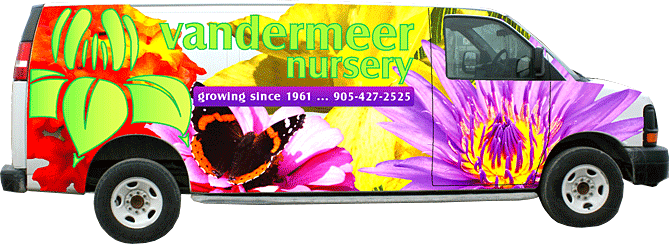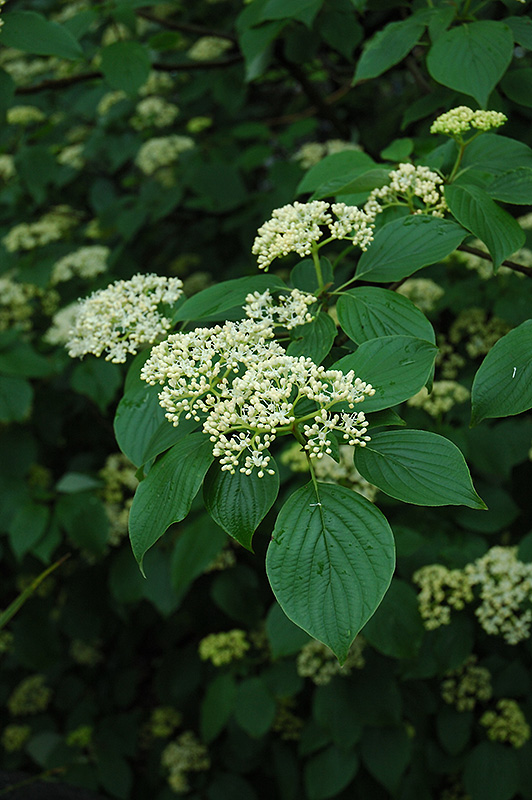VANDERMEER
PLANT LIBRARY
Find the perfect plant for your space by browsing through this extensive selection that we typically carry every year.
This library is for information purposes only.
Height: 20 feet
Spread: 25 feet
Sunlight:
![]()
![]()
Hardiness Zone: 3a
Description:
A truly special plant for northern landscapes, valued for its almost "oriental" horizontal branching habit; white flowers in spring, blue berries and purple fall color; quite fussy, needs a cool, moist site with afternoon shade, also prefers acidic soil
Ornamental Features
Pagoda Dogwood has clusters of fragrant creamy white flowers held atop the branches in late spring. It has emerald green deciduous foliage. The pointy leaves turn an outstanding burgundy in the fall. It produces navy blue berries in mid summer.
Landscape Attributes
Pagoda Dogwood is an open multi-stemmed deciduous tree with a stunning habit of growth which features almost oriental horizontally-tiered branches. Its average texture blends into the landscape, but can be balanced by one or two finer or coarser trees or shrubs for an effective composition.
This is a relatively low maintenance tree, and usually looks its best without pruning, although it will tolerate pruning. It is a good choice for attracting birds to your yard. It has no significant negative characteristics.
Pagoda Dogwood is recommended for the following landscape applications;
- Accent
- General Garden Use
- Naturalizing And Woodland Gardens
Planting & Growing
Pagoda Dogwood will grow to be about 20 feet tall at maturity, with a spread of 25 feet. It has a low canopy with a typical clearance of 2 feet from the ground, and is suitable for planting under power lines. It grows at a slow rate, and under ideal conditions can be expected to live for approximately 30 years.
This tree does best in full sun to partial shade. You may want to keep it away from hot, dry locations that receive direct afternoon sun or which get reflected sunlight, such as against the south side of a white wall. It requires an evenly moist well-drained soil for optimal growth, but will die in standing water. It is particular about its soil conditions, with a strong preference for rich, acidic soils. It is quite intolerant of urban pollution, therefore inner city or urban streetside plantings are best avoided, and will benefit from being planted in a relatively sheltered location. Consider applying a thick mulch around the root zone in winter to protect it in exposed locations or colder microclimates. This species is native to parts of North America.






